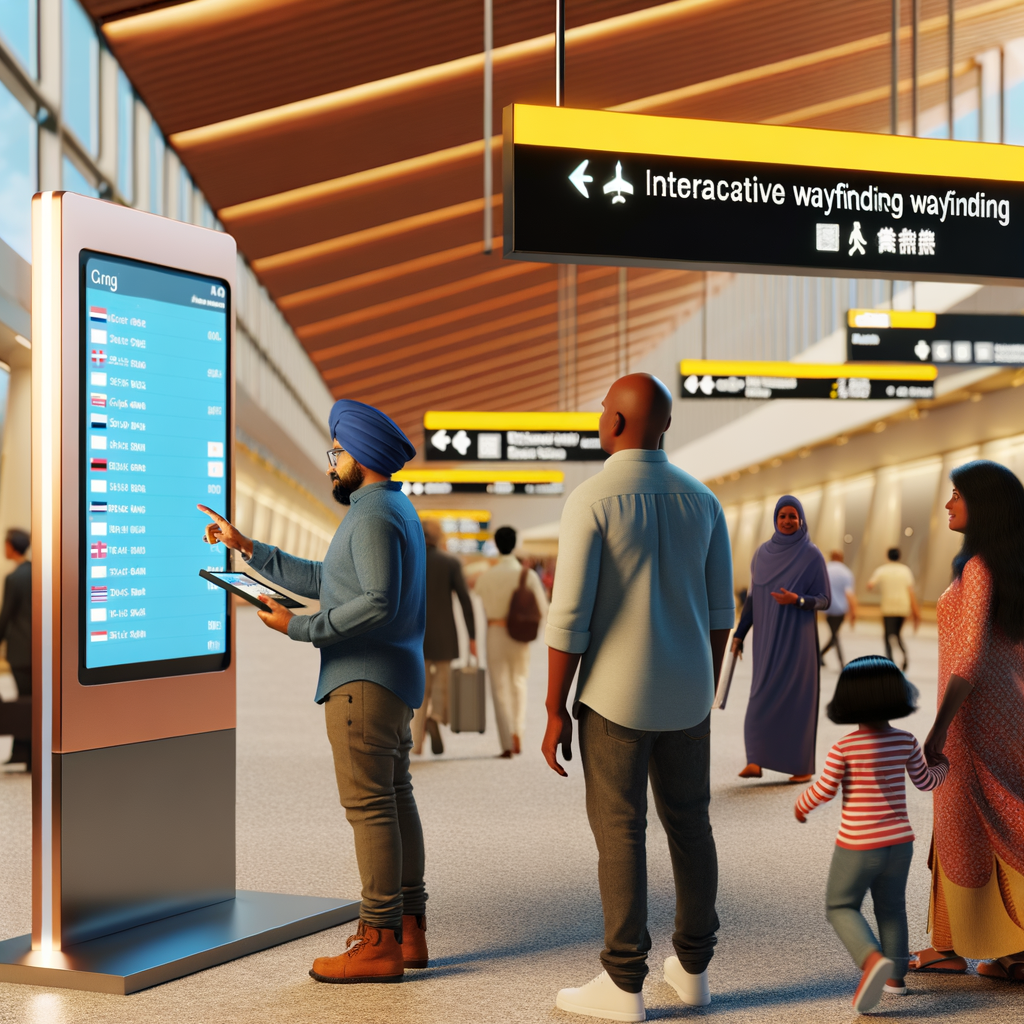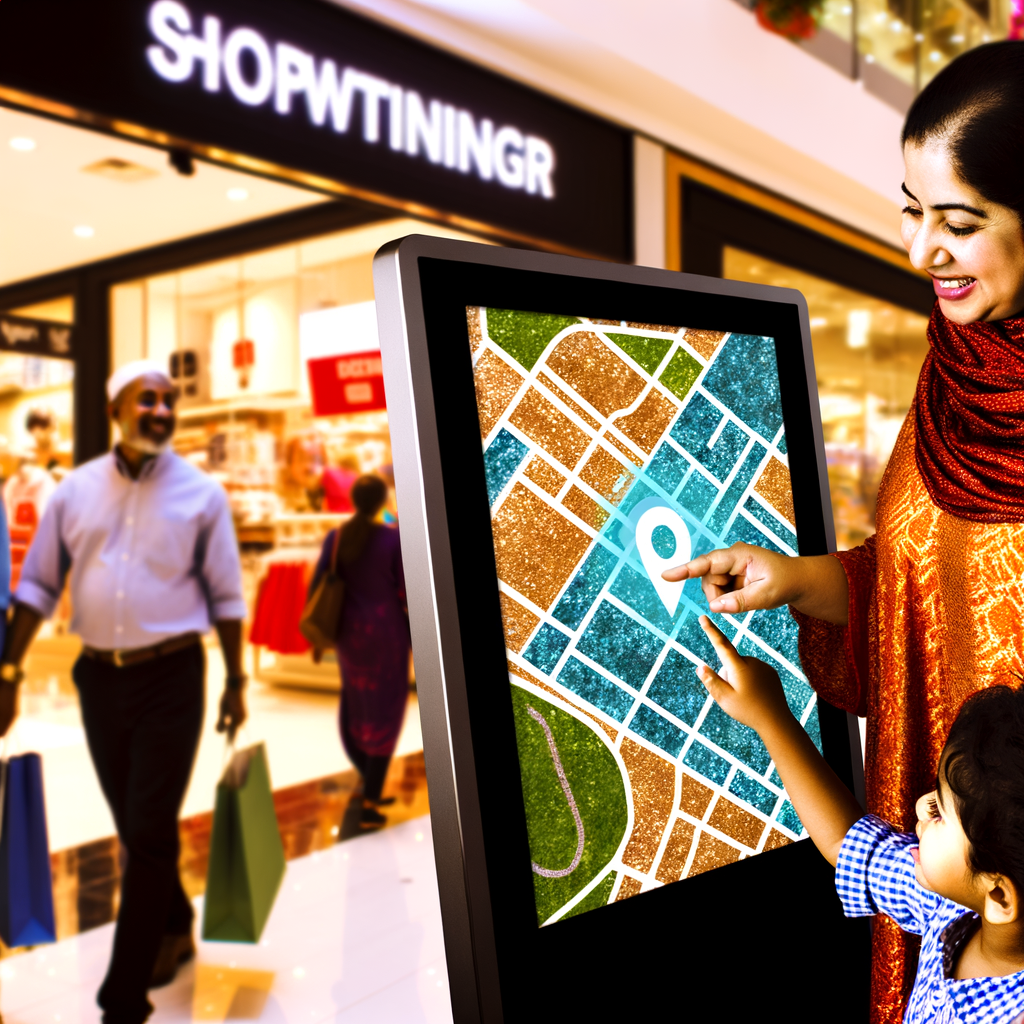Airports are the heart of any global transportation network, bustling with travelers at all hours. They’re mini-cities within themselves, filled with endless hallways, myriad gates, and dozens of amenities to navigate. In such a dynamic setting, finding your way around isn’t just a need—it’s essential for smooth operations. Here’s where interactive wayfinding comes into play. For you, this technology isn’t just something to admire. It’s a golden example of maximizing customer satisfaction and operational efficiency, which translates perfectly into your world.
Imagine if every person stepping into a busy shopping plaza or sprawling mall had the seamless experience of navigating directly to their preferred destination without delays. Interactive wayfinding can turn that vision into reality. For eSignage and electronic kiosk companies, embracing this technology means adding immense value to your offerings. Your screens and kiosks are not just information points—they’re interactive maps helping guide visitors on their journey, enhancing both their experience and your product’s appeal.
Plaza owners and mall managers, think about how happy customers are when they can instantly locate stores, restrooms, exits, or food courts with just a touch. By integrating interactive wayfinding, you elevate your visitor experience, encourage repeat visits, and boost the likelihood of higher purchases. More satisfied customers typically translate to more sales for tenants, leading to more leasing opportunities and potentially higher rental incomes for you.
But it’s not only about appeasing the customer. Consider the operational aspect as well. With real-time updates and the ability to provide personalized routes, you streamline the resources needed for on-site assistance. Personnel who used to spend hours giving directions can now focus on other critical tasks. More efficient operations mean cost savings, and in today’s world, who doesn’t love a good efficiency story?
Moreover, the data generated by interactive wayfinding systems is incredibly valuable. Understanding visitor movement patterns can uncover insights into foot traffic trends, allowing you to optimize store locations, promotional displays, and other strategic decisions. For example, an electronic kiosk can collect anonymized data on which stores visitors head to most frequently or how long they linger in certain areas. This kind of information is a treasure trove for advertisers and can lead to lucrative partnerships.
By adopting interactive wayfinding, you position yourself as a leader in technology adoption, setting higher standards for user experience and operational excellence. This innovative approach could be the differentiator that places you ahead of the competition, making your offering more attractive to both consumers and business partners.
So, whether you’re managing a state-of-the-art retail center or overseeing electronic displays, consider how the principles behind interactive wayfinding in airports can be adapted to transform your business environment. By investing in these technologies, you actively contribute to a more navigable, efficient, and enjoyable space for everyone who steps through your doors.
I hope this insight has sparked some ideas for adapting interactive wayfinding to fit your needs. As we move towards a more interconnected future, those who lead with innovation will not only survive but thrive. Thanks for reading, and here’s to your future successes!




